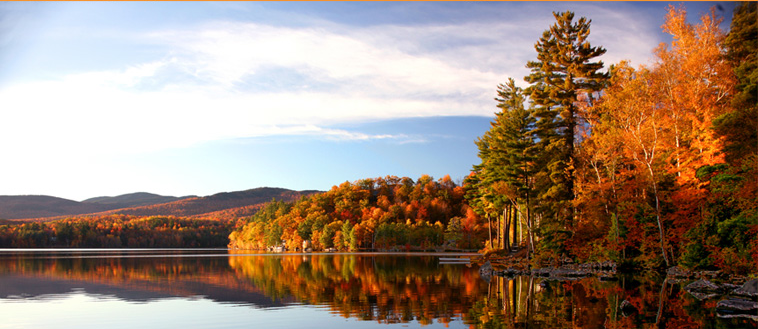Honors Leaf Project
One of the most important skills an earth scientist needs is an ability to spend time observing the natural world. Familiarizing oneself with the weather, the landscape, the plants, animals, night sky, etc. and allowing time for reflection and questions to surface is something that is often left out of a “rigorous” curriculum. We spend so much of our time in the classroom that our first quarter project is an opportunity for you to spend some time in the natural world. We want you to make careful observations not just of the trees and the leaves you will be collecting but also of the environment in which you find them.
Due Dates:
Friday, October 21st: Leaf Project Binder Due (including reflection)
Wednesday, October 28th: Leaf Identification Quiz
Resources:
Leaf Snap: An Electronic Leaf ID app for in-the-field identification
Tree Identification and Fact Pages:
http://www.ivillage.com/how-press-flowers-and-leaves/6-a-144542
http://edis.ifas.ufl.edu/department_envhort-trees
http://www.ag.ndsu.edu/trees/handbook/th-3-97.pdf
http://www.audubonguides.com/home.html (Free Registration Required)
Pressing Leaves:
http://www.arborday.org/trees/whattree/easterntrees.cfm
http://www.kidsturncentral.com/crafts/pressleaves.htm
Google Earth File of Tree locations in Concord:
Click here to download the Google Earth map
Great Places to View Trees:
Arnold Arboretumw
Mt. Auburn Cemetery
How to Press Leaves for Your Binder:
Pressing leaves is easy to do and will prevent your leaf binder from being a source of mold in our classrooms. To get your presentation and preservation points:
- Choose leaves that are relatively flat, not curled. (Not an option for the evergreens.)
- Don’t be afraid to try leaves in various stages of changing colors.
- Choose leaves that are relatively flat and thin, with a low moisture content.
- Sandwich leaves between two or three sheets of newspaper. (Catalpa and Red Bud are fleshy and moist – you may want to pre-dry them in some extra newspaper)
- Place the paper with the leaves inside an old heavy book/phone book you don’t care about and place more books on top. Don’t use your favorite coffee table book or your text book!!!
- To keep the leaves from curling, you’ll need a good amount of weight. Select some of your heaviest books or other weight to place on top.
- Keep the book in a dry location and check after a day or two. Make sure the leaves are drying and not rotting. If the leaves are moist or thick, you may need to change the newspaper. You will probably need to leave the leaves inside the book for several days before they are completely dry and ready to use. You can also experiment with pre-drying your leaves in the microwave between paper towels before you press them.
A search on the internet will give you other ways to preserve and press leaves.

